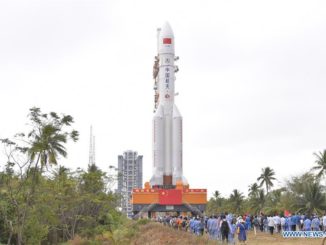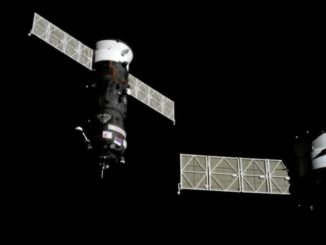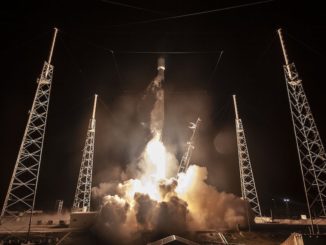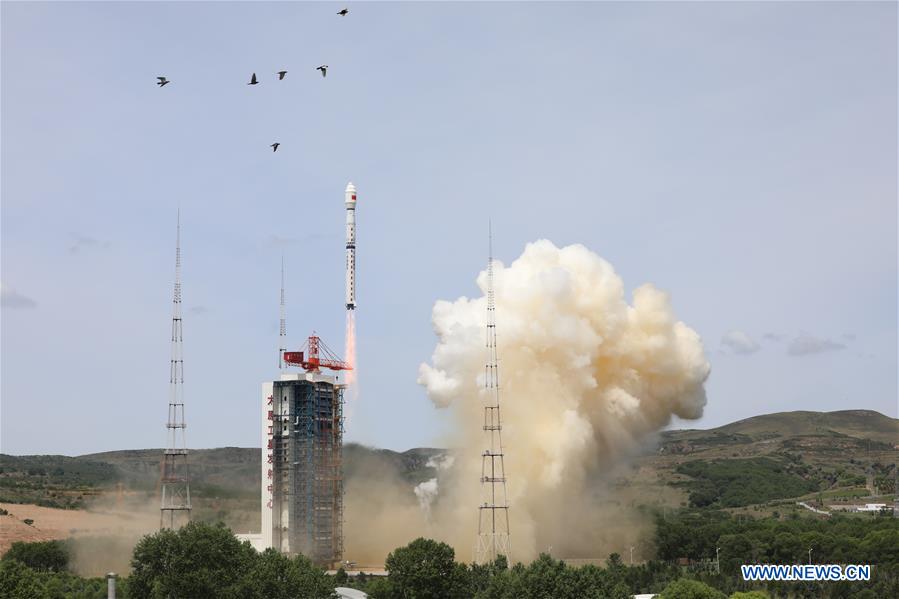
China launched a Long March 2D rocket Saturday with a satellite Chinese officials claimed will study the space environment and conduct technology demonstrations, less than two days after a Long March 4B rocket took off from a different launch site with an Earth-imaging payload.
The missions marked China’s 16th and 17th orbital-class launches this year. Two of the launches earlier this year failed to reach orbit with their payloads.
The Long March 4B launch occurred at 0310 GMT July 3 (11:10 p.m. EDT July 2) from the Taiyuan space center, located in Shanxi province in northern China. The country’s state-owned Xinhua news agency described the mission’s primary payload as a “high-resolution multi-mode imaging satellite.”
The satellite is believed to be part of China’s civilian-focused Gaofen series of Earth-imaging satellites. A secondary payload deployed by the Long March 4B rocket was a CubeSat developed by Chinese students.
The three-stage, liquid-fueled Long March 4B launcher delivered the two satellites to a polar, sun-synchronous orbit at an altitude around 400 miles (640 kilometers) above Earth.
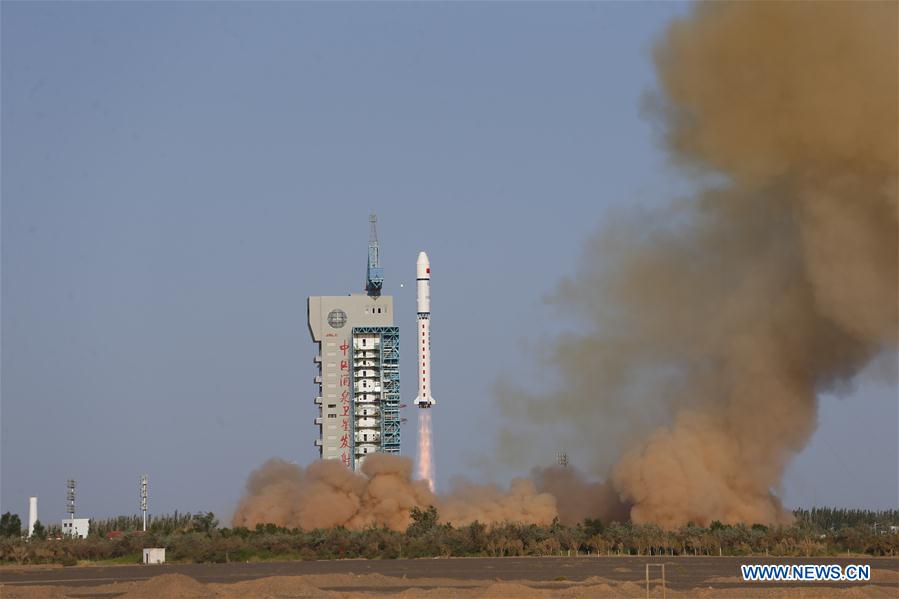
A two-stage Long March 2D rocket took off from the Jiuquan space base Sunday — Chinese time — with China’s second Shiyan 6-series tech demo and research satellite, Xinhua said.
The Long March 2D blasted off at 2344 GMT (7:44 p.m. EDT) Saturday — or at 7:44 a.m. Beijing time Sunday — with some 650,000 pounds of thrust from its hydrazine-burning main engines. Less than 15 minutes later, the rocket delivered the Shiyan 6 spacecraft to an orbit at an altitude of around 435 miles (700 kilometers).
Xinhua said the second Shiyan 6 satellite has a mission to study the environment and conduct “related technology experiments.”
China launched the first Shiyan 6 satellite in November 2018. The Shiyan family of Chinese satellites are designed for technology demonstrations. Shiyan means “experiment” in Chinese.
Email the author.
Follow Stephen Clark on Twitter: @StephenClark1.

